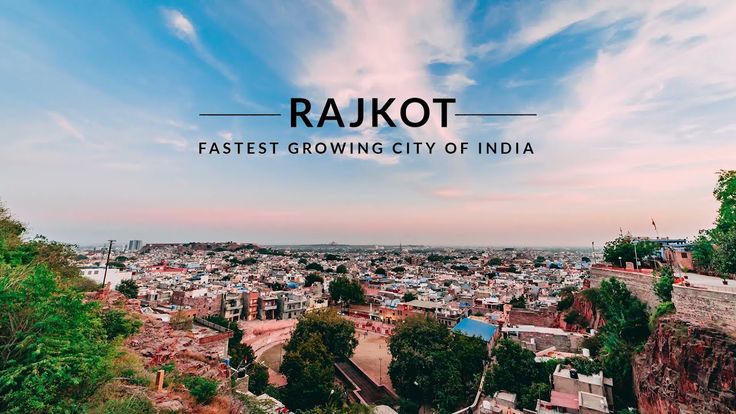World Youth Skills Day: From Job Seekers to Nation Builders

India celebrates World Youth Skills Day at a moment of historic convergence where a rising youth population, expanding global demand, and national industrial ambitions intersect. But unlocking this potential won’t happen through conventional skilling programs alone. To fully capitalize on our demographic dividend, India must pivot from producing job seekers to cultivating youth-led SMEs that are globally competitive, innovation-driven and strategically aligned with export markets.
The nation’s 6.3 crore+ small and medium enterprises (SMEs) contribute roughly 30% to India’s GDP and employ over 40% workforce, most of these enterprises remain domestically oriented, low on productivity and detached from cutting-edge sectors like aerospace, defence-tech, semiconductors and advanced manufacturing. This is where youth entrepreneurship becomes vital. By embedding high-value innovation within SME models and targeting global supply chains India can turn its youngest citizens into export-first job creators, not just beneficiaries of job guarantee.
Despite India being the fourth-largest economy globally, our share of global merchandise exports hovers around 1.8% (as of FY23, per WTO data). In critical sectors like electronics, defence equipment and AI applications, India remains a net importer. Mobile handset production in India has grown exponentially over 2.5 billion units manufactured since 2014 but local value addition still lags. Similarly, 60% of India’s defence needs are fulfilled through imports, despite a growing indigenous base. These gaps aren’t just macroeconomic they represent missed opportunities for SMEs to become part of global production networks.
Skilling Youth to Lead Innovation-Oriented SMEs
The prevailing model of vocational and degree-based skilling focuses on employability for existing industries BPOs, retail, hospitality or basic BFSI roles. While this remains relevant, it is insufficient for the next growth frontier. India must cultivate a new generation of youth capable of building deep-tech SMEs in areas such as:
- Defence manufacturing and drone tech
- AI-driven platforms and data security tools
- Green energy storage and EV components
- Mobile and semiconductor sub-assemblies
- Precision engineering for aerospace and space tech
SMEs in these segments can be lean, specialized, and globally scalable if built by entrepreneurs who are technologically fluent, financially disciplined and export oriented.
The BFSI Sector as Catalyst for Next-Gen SMEs
A future-ready BFSI sector has a dual role: modernizing its own talent base, and catalyzing innovation in the SME ecosystem. India’s banks and NBFCs must move beyond collateral-heavy lending models and build credit scoring systems tailored for new-age, IP-led SMEs. India’s credit gap for MSMEs still exceeds ₹25 lakh crore and this gap is worst for first-generation founders and manufacturing startups without legacy backing.
Financial institutions must also equip their own workforce with entrepreneurial thinking, so relationship managers become SME growth enablers, not just loan processors. Training BFSI employees in emerging sectors, startup valuation and export finance can unlock a new generation of co-created growth.
Moreover, digital lending platforms, embedded finance and sector-specific credit products should be geared to fund youth-led SMEs in sunrise industries, not just retail trade or traditional services.
Manufacturing for Export
While India has made strides under initiatives like “Make in India” and “Atmanirbhar Bharat,” most youth entrepreneurship programs continue to focus on urban services, food delivery, or e-commerce. These are necessary, but insufficient to transform India’s export mix or reduce strategic import dependence.
India needs a dedicated thrust to embed youth skilling into global-value-chain-ready SME manufacturing. This includes:
- Public-private innovation hubs focused on defence, clean tech and electronics
- Incentives for college-based R&D commercialization via SME incubation
- Simplified regulatory paths for export certifications and IP registrations
- Skill councils aligned with global industry standards
If India aims to be a serious player in manufacturing $300 billion worth of electronics by 2026 (as targeted by MeitY), or achieve $25 billion in defence production by 2025, it will require thousands of high-performance SMEs built by skilled, visionary youth.
Beyond Employment
On World Youth Skills Day, the true challenge isn’t just to skill more youth it’s to skill differently. India must design its training systems to produce not just workers but builders of companies, creators of IP and partners in national resilience. Whether it’s a mobility startup that powers rural EV logistics or a defence-tech firm building for DRDO, these SMEs are what will define India’s global footprint.
We must reframe youth skilling as a national investment in economic sovereignty and innovation leadership. Because the future won’t be owned by those who fill roles. It will be written by those who create them on assembly lines, in design labs and across industrial clusters powered by young Indian ambition.











